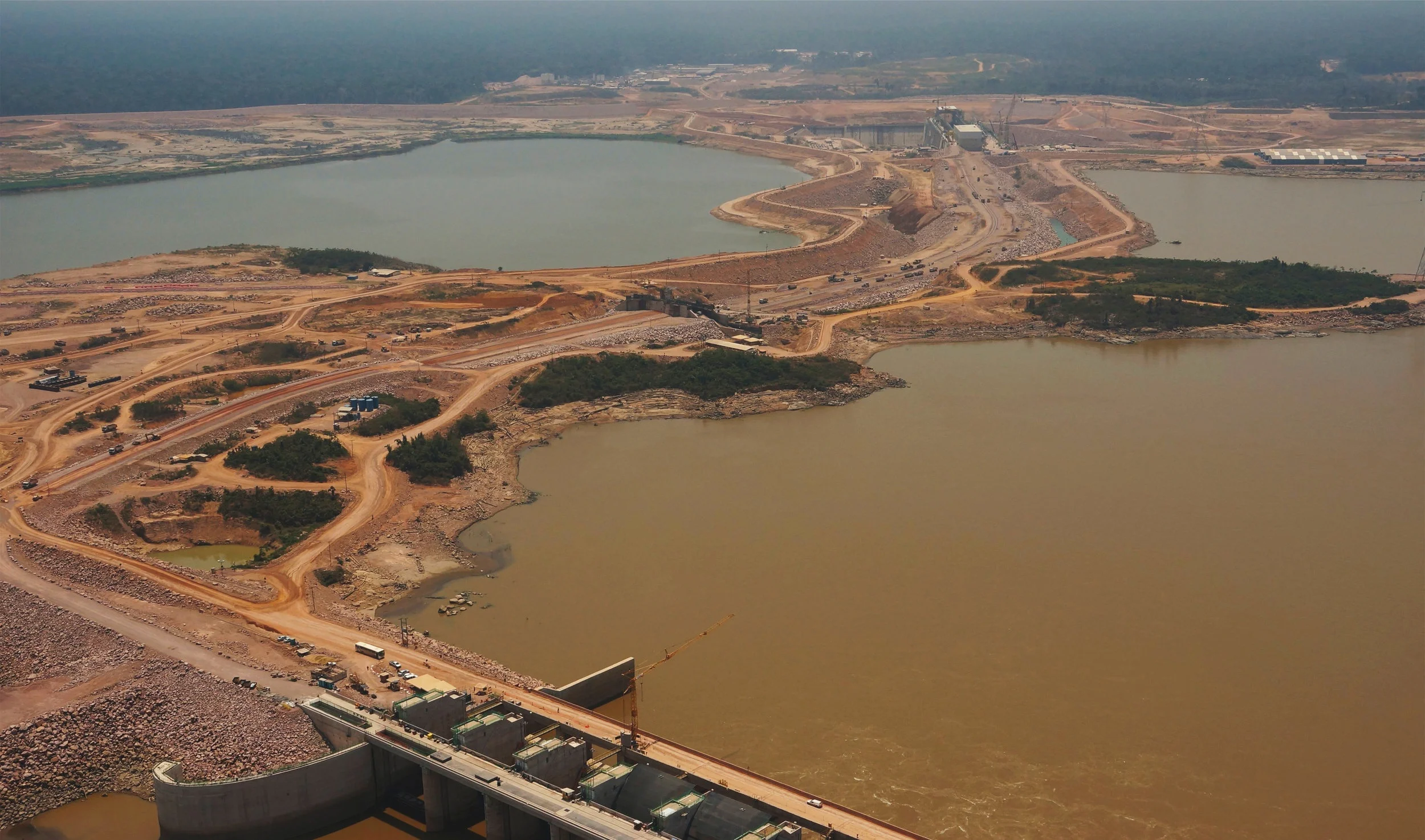TRACK THE FATE OF PROTECTED LANDS AND WATERS.
PADDDtracker.org is the world’s most comprehensive database of efforts to scale back national parks and other protected areas globally.
What is Protected Area Downgrading, Downsizing, & Degazettement (PADDD)?
We think of national parks and other protected areas as permanent fixtures on the landscape, but they are not necessarily permanent. Research reveals widespread legal changes to protected areas that temper restrictions (downgrade), shrink boundaries (downsize), or eliminate protections completely (degazette). As restrictions are scaled back, the natural benefits and values within the areas can also be lost. Although scaling back protections does not necessarily undermine conservation, most changes globally are related to industrial-scale resource extraction and development, land uses inconsistent with conservation objectives.
In response, PADDDtracker.org is documenting the patterns, trends, and causes of PADDD. Through a better understanding of PADDD, we can ensure that protected areas realize their full potential for nature conservation and climate change mitigation, providing vital benefits for humanity.
Join us as we explore the state of protected areas on a global scale.
DOWNSIZED
Bears Ears National Monument, Utah, U.S.
The United States government downsized Bears Ears National Monument by 4,657 square kilometers (85%) in 2017 - the largest reduction to protected lands in US history opening lands to mining exploration.
Bears Ears photo: BLM/Flickr










